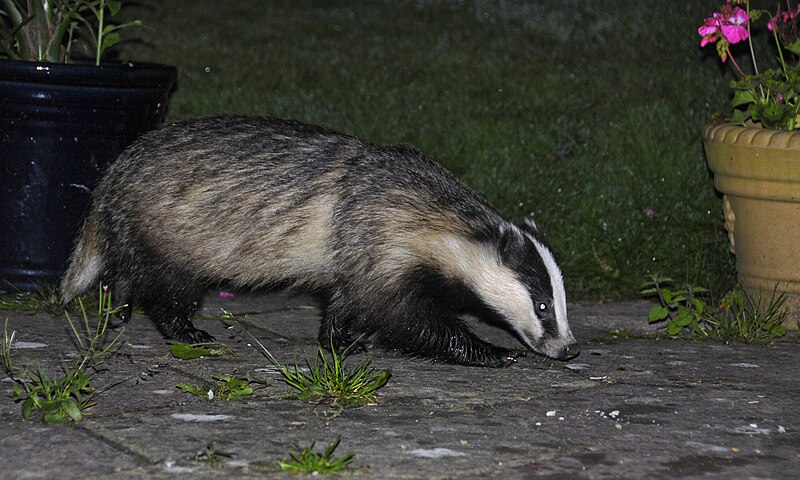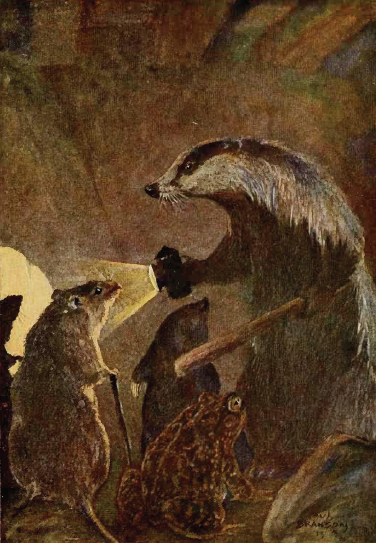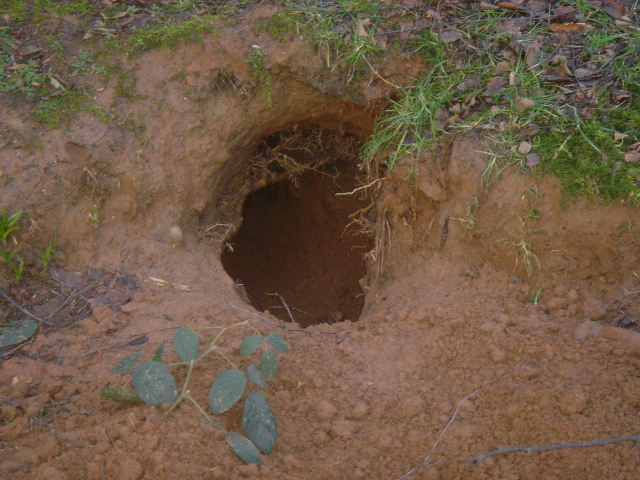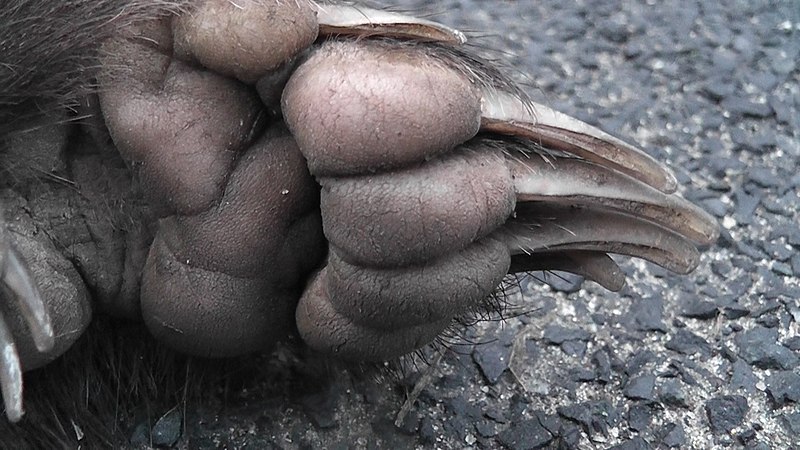During the twilight hours, the elusive Meles meles, also known as the badger, bustles through its domain, engaging in vital tasks of foraging, territorial upkeep, and habitat cultivation. Symbolising the intricate relationship between British society and its natural environment, this often overlooked creature, tragically common as roadside casualties, holds a pivotal position among native fauna.
As omnivores, their diet includes earthworms, insects, small mammals, fruits, and roots, contributing to the regulation of invertebrate populations and the dispersal of seeds through their fur and droppings. Their burrowing behavior brings air to the soil promoting plant growth. Moreover, abandoned badger setts provide shelter for numerous other species, from foxes to rabbits, highlighting their significance as keystone species.
Despite their nocturnal habits and elusive nature, badgers leave a tangible mark on the landscape, evident in the intricate networks of tunnels and chambers that comprise their underground homes. These setts, often passed down through generations, serve as vital refuges for badger clans and contribute to the overall health of the ecosystem.
Archaeological evidence suggests that badgers have inhabited the British Isles since the last Ice Age, making them one of the oldest surviving mammals in the region. Throughout the centuries, badgers have been both revered and reviled, their image intertwined with folklore, mythology, and traditional beliefs.
In Celtic mythology, the badger is associated with wisdom and protection, revered for its nocturnal prowess and tenacity. In contrast, medieval European folklore often depicted badgers as cunning and secretive creatures, sometimes even associated with witchcraft and dark magic.
In literature, badgers often appear as wise and benevolent characters, exemplified by Kenneth Grahame’s “The Wind in the Willows,” where the character of Badger serves as a respected elder and mentor to the other woodland creatures. Similarly, in Beatrix Potter’s “The Tale of Mr. Tod,” badgers are portrayed as valiant defenders of their territory against cunning adversaries.
The badger’s historical significance extends beyond folklore to more practical realms. In the Middle Ages, badger hunting was a popular sport among nobility, with dogs specifically bred and trained to track them down. However, as Britain transitioned from a rural to an industrial society, badgers faced increasing persecution due to concerns over crop damage and the spread of disease.
Despite centuries of human interaction, the badger remains an enduring symbol of British wildlife. Its distinctive black and white facial markings, sturdy build, and nocturnal habits have captured the imagination of artists, writers, and naturalists alike.
Despite their cultural significance, badgers face numerous threats in the modern era. Habitat loss, fragmentation, road mortality, and human persecution pose significant challenges to their survival. However, perhaps the most contentious issue surrounding badger conservation is the ongoing debate over bovine tuberculosis (TB) transmission.
Bovine TB is a highly contagious disease that affects cattle and other livestock, with significant economic implications for the agricultural industry. Badgers can carry and transmit the disease, leading to calls for culls as a means of controlling its spread. However, the efficacy and ethical implications of such culls remain a topic of intense debate, pitting conservationists against farmers and policymakers. Despite these challenges, the British badger popular is estimated to hover at around half a million individuals and is listed as a species of Least Concern.
As Britain grapples with the complexities of conservation and biodiversity preservation, the fate of the badger still serves as a poignant reminder of the delicate balance between human needs and the natural world. Efforts to protect this iconic species must navigate a labyrinth of ecological, historical, and cultural considerations, recognising the intrinsic value of biodiversity while addressing the often legitimate concerns of society.
In the face of uncertainty, one thing remains clear: the badger’s place in Britain’s natural heritage is irreplaceable, deserving of both admiration and protection for generations to come.

Badger scavenging leftovers. Surrey, England

Rat, Mole, Toad and Badger from Wind in the Willows. 1913 Paul Bransom

The entrance to a Badger Sett. Feb 2007

Paw of a European Badger/ March 2013
